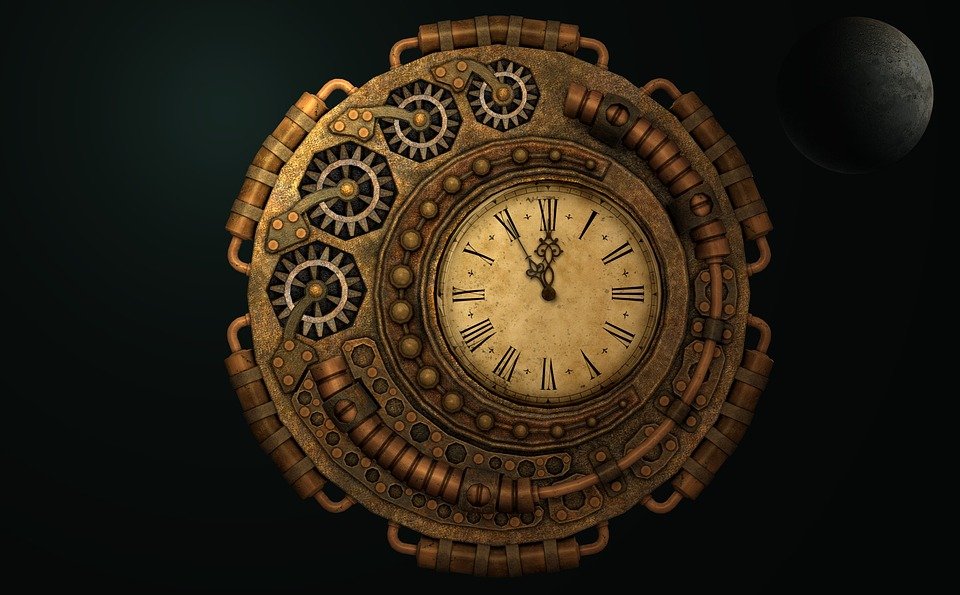The world of art is undergoing a digital revolution, and at the forefront of this transformation is the rise of non-fungible tokens (NFTs). These unique digital assets have revolutionized the way artists create, sell, and own their work, forever changing the landscape of the digital art market.
NFTs are blockchain-based digital tokens that represent ownership or proof of authenticity of a specific digital asset. Unlike cryptocurrencies such as Bitcoin or Ethereum, which are fungible and can be exchanged for one another, NFTs are unique and cannot be exchanged on a like-for-like basis. This uniqueness is what makes NFTs perfect for digital art, where scarcity and provenance have long been challenges.
One of the key advantages of NFTs is that they solve the problem of digital art’s reproducibility. Before the advent of NFTs, digital art could be easily copied, shared, and distributed without the artist’s consent, making it difficult for artists to monetize their work. With NFTs, artists can now create limited editions of their digital art, each with a unique token representing ownership. This creates scarcity and exclusivity, increasing the value of digital art and making it more akin to traditional physical art.
Additionally, NFTs provide a way for artists to monetize their work through the resale market. With traditional art, artists usually only benefit from the initial sale, while subsequent resales can go for much higher prices without the artist receiving any additional revenue. NFTs, on the other hand, allow artists to earn royalties every time their work is resold on the secondary market. This has the potential to revolutionize the art market by ensuring that artists continue to benefit from the increasing value of their work, even after the initial sale.
The rise of NFTs has also democratized the art world, allowing artists to reach a global audience and sell their work directly to collectors. In the traditional art market, artists often rely on galleries and agents to showcase and sell their art, which can be exclusive and limiting. However, with NFTs, artists can mint and list their work on various NFT marketplaces, reaching a worldwide audience without the need for intermediaries. This has opened up new opportunities for emerging artists and allowed them to gain recognition and financial success on their own terms.
Critics argue that the NFT market is a bubble waiting to burst, with concerns over environmental impact and the lack of tangible ownership of digital assets. Indeed, the carbon footprint of blockchain technology used in NFTs is a legitimate concern, and efforts are being made to find more sustainable solutions. Additionally, the concept of owning a digital asset that can be easily replicated or accessed by anyone is a paradigm shift for many. However, proponents argue that NFTs represent a new era in art ownership and the digital economy, where value is derived from scarcity, provenance, and the emotional connection to a piece of art.
The rise of NFTs has led to a boom in the digital art market, with record-breaking sales and increased interest from collectors, investors, and even celebrities. This trend has not only revolutionized the way art is created, owned, and sold but has also sparked conversations about the future of art, technology, and the impact of blockchain on various industries.
As the NFT market continues to evolve, it is clear that this digital revolution is here to stay. While there are still challenges to overcome, such as sustainability and mainstream adoption, the rise of NFTs has opened up a world of possibilities for artists and collectors alike. Whether you embrace or question this new wave of digital art, one thing is certain – NFTs have disrupted the art market and revolutionized the way we perceive and engage with art in the digital age.

